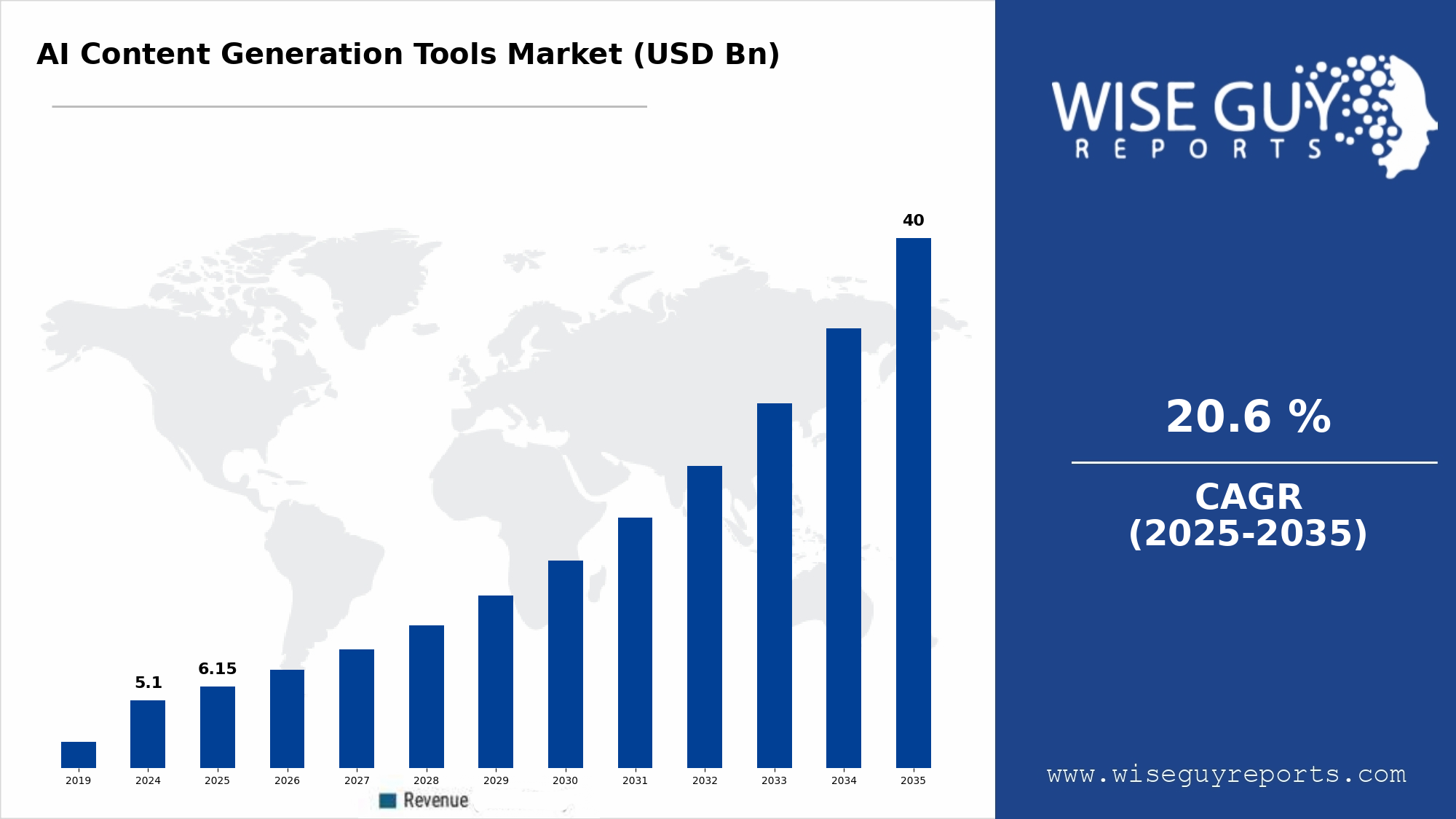The AI Content Generation Tools Competitive Landscape is a dynamic and increasingly crowded battlefield, defined by rapid innovation and a fierce struggle for market share. The landscape is dominated by application-layer SaaS providers that have built user-friendly platforms on top of foundational models developed by major AI research labs. These companies compete aggressively on several fronts: the breadth and quality of their pre-built templates, the intuitiveness of their user interface, their pricing models (from freemium to enterprise tiers), and the strength of their community and brand recognition. Key competitive differentiators in this space include the ability to offer unique workflows, integrations with other marketing tools, and features that support team collaboration. This segment is characterized by a "feature race," where companies constantly add new capabilities to match or exceed their rivals, leading to a vibrant but potentially unsustainable environment for smaller players.
A second and equally important dimension of the competitive landscape is the strategic maneuvering of large, incumbent software platforms. Tech giants in domains like office productivity, creative design, and marketing automation are not ceding this ground to startups. They are leveraging their vast resources and massive existing user bases to integrate generative AI features directly into their flagship products. This "bundling" strategy poses a significant competitive threat to standalone tools, as customers may find it more convenient and cost-effective to use the AI features included in the software suites they already rely on. This creates a classic "David vs. Goliath" scenario, where nimble startups with a deep focus on AI content generation compete against the immense distribution power and ecosystem lock-in of established enterprise software vendors. The outcome of this battle will be a defining feature of the competitive landscape over the next several years.
Finally, the landscape is being shaped by an emerging tier of specialized and vertical-focused competitors. These companies are eschewing the broad, horizontal market to focus on solving the specific content needs of particular industries, such as law, healthcare, finance, or academia. Their competitive advantage comes from training AI models on proprietary, domain-specific datasets, which allows them to generate content with a much higher degree of accuracy, nuance, and compliance with industry-specific terminology and standards. This verticalization strategy allows them to build deep moats in high-value niche markets where general-purpose tools fall short. The overall competitive landscape is therefore a complex tapestry of large foundational model providers, horizontal SaaS applications, integrated platform players, and specialized vertical solutions, all vying for a piece of one of the fastest-growing software markets in the world.



